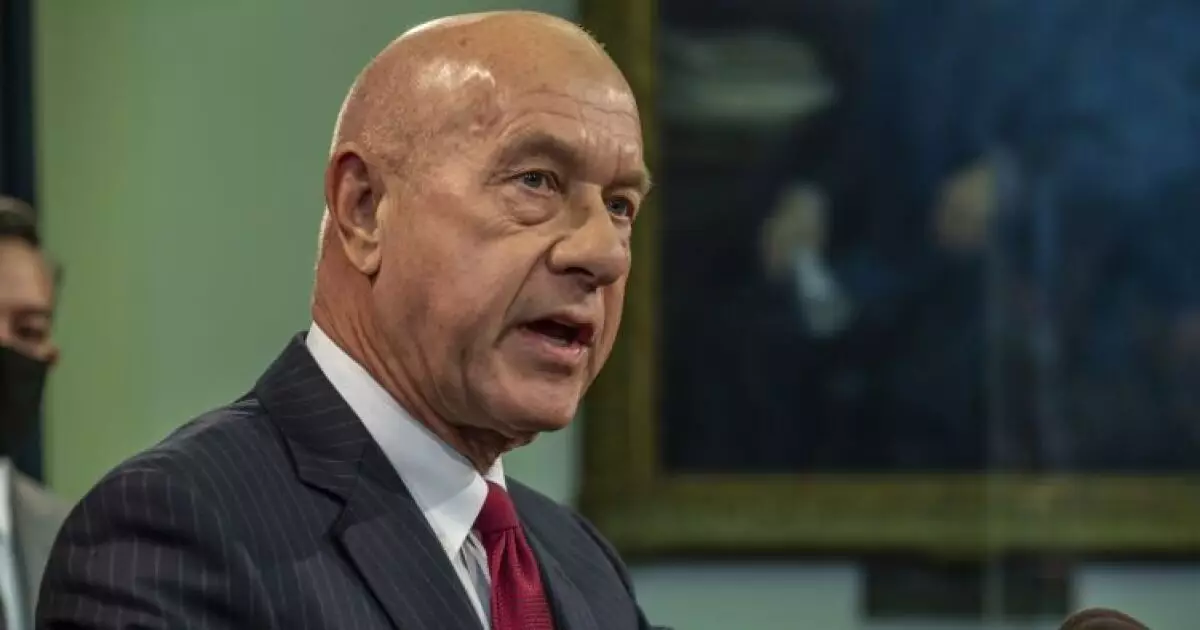In a proactive move to enhance fiscal responsibility, Houston city officials introduced a comprehensive strategy aimed at achieving significant cost savings for the 2026 budget. Announced by Mayor John Whitmire, this approach is rooted in findings from an Ernst & Young efficiency study that was commissioned the previous year. Mayor Whitmire emphasized that improving operational efficiencies and instilling accountability within city departments are vital for not just saving taxpayer money, but also for fostering public trust in government. “By delivering better services through enhanced efficiencies, I am confident we will gain the public support necessary to explore additional revenue avenues,” he stated.
Commencing fiscal 2025 with a substantial budget of $7.3 billion, which includes a general fund allocation of $3.03 billion, Houston finds itself grappling with financial strains. The city’s general fund, crucial for day-to-day operations, was heavily utilized to bridge a significant structural budget deficit. Reports from credit rating agencies like Fitch Ratings and S&P Global have highlighted depleted reserves, prompting a change in Houston’s credit outlook from stable to negative for its AA ratings. Meanwhile, Moody’s continues to uphold a stable Aa3 rating for the city, balancing mixed evaluations in the eyes of financial experts.
One notable factor contributing to Houston’s financial challenges is the costly settlement reached with firefighters, entailing a staggering $650 million, financed through bonds, alongside a five-year wages agreement amounting to pay raises of up to 34%. This sizable fiscal burden raises pressing questions about the sustainability of the city’s budget as officials engage in ongoing contract negotiations with the police union.
Further complicating Houston’s budgetary situation is a recent court ruling regarding property tax revenues earmarked for drainage and infrastructure. This decision mandates a minimum annual allocation of at least $100 million, thus constricting financial flexibility significantly. For instance, a payment due by June 30 will effectively diminish fiscal 2025’s anticipated fund balance from $350 million to $250 million. Such a reduction would drive the existing structural deficit beyond a troubling $300 million, casting a shadow over the city’s financial stability.
Given this challenging fiscal backdrop, the Mayor believes that the Ernst & Young study holds essential insights for potential spending reductions, projecting cuts ranging from 5% to 15%. However, he cautions that this process is not instantaneous and will necessitate a collaborative effort across departments. Houston Controller Chris Hollins echoed this sentiment, noting that while the study outlines “real opportunities” to minimize waste and enhance city services, a careful assessment of their financial implications is imperative.
In light of these escalating challenges, the need for an emergency task force has been proposed by Hollins to respond to the growing financial pressures Houston faces. This task force would serve as a crucial mechanism to help navigate the city’s fiscal complexities, ensuring a balanced approach to budget management while maintaining service provision to its residents.
Overall, Houston’s roadmap represents a pivotal endeavor in fiscal governance, aspiring to align resources with the city’s long-term objectives. The path ahead will require diligent oversight and strategic planning to not only recover from current deficits but also to establish a framework for sustainable growth moving forward.


Leave a Reply